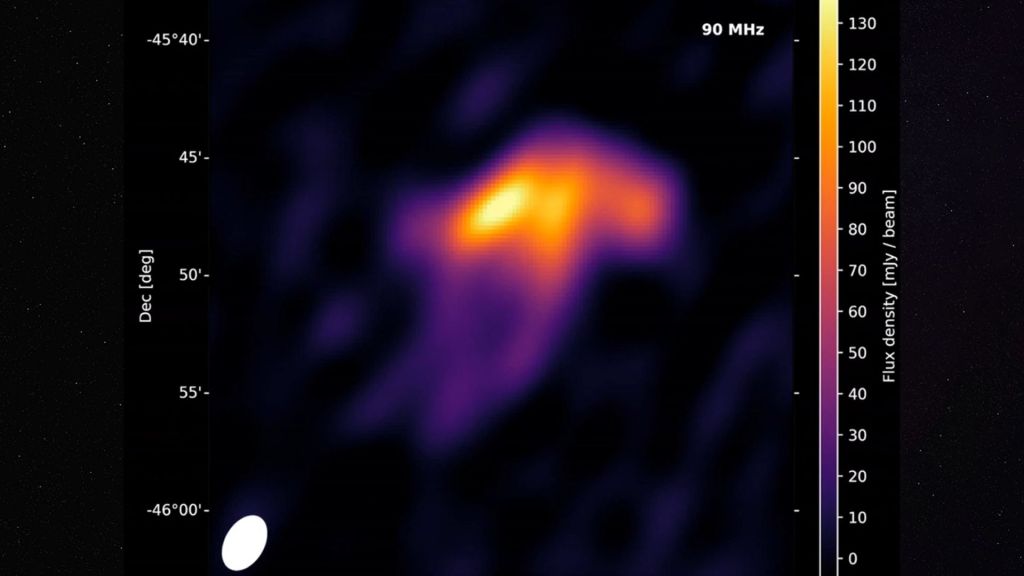Two students from Pune in the Indian state of Maharashtra have recently managed to discover six preliminary asteroids as part of the Kalam Centre Asteroid Search Campaign organised by Kalam Centre and the International Astronomical Search Collaboration (IASC). The two students were trained to search asteroids in the Main Belt Asteroid through advanced data analysis and specially designed software.
In a statement issued on December 19, the Vikhe Patil School said 13-year-olds Arya Pulate and Shreya Waghmare discovered the asteroids, adding that all 22 participants in the campaign had to undergo a rigorous screening process through a worldwide event organised between November 9 and December 3. The Kalam Centre Asteroid Search Campaign was open to all school students, and organised in association with the International Astronomical Search Collaboration (IASC), a NASA-affiliated citizen scientist group. The chosen participants came from various countries across the globe and as part of the campaign, a total of 27 preliminary asteroids were discovered.
Videos by VICE
“We were trained and guided through online meetings with members of the Kalam Centre. We were introduced to a software called Astrometrica, which we had to put on our devices; it helped us locate celestial bodies,” Waghmare told The Indian Express.
The students were given access to real-time data from the “Pan Starrs” (The Panoramic Survey Telescope and Rapid Response System) Telescope, located in Hawaii, U.S.A., which uses a 1.8 m (60 inch) telescope to survey the sky to look for asteroids, comets and Near-Earth Objects (NEO).
“Preliminary discoveries are the first observations of asteroids found in the Main Belt located between the orbits of Mars and Jupiter which need further confirmation to go to Provisional status. This usually takes up to 5 years after which the asteroid can be officially cataloged by Minor Planet Center, International Astronomical Union (IAU),” read the release by the school.
Once the asteroid has received a provisional name, it will receive an official numbering and become eligible to be named and catalogued by the International Astronomical Union.
“Knowing the asteroids around and mapping them is an important element in our bid to understand and monitor these flying rocks around our planet,” the school release quoted Srijan Pal Singh, former adviser (Technology and Policy) to Dr APJ Abdul Kalam, and founder of Kalam Centre. Dr. A.P.J. Abdul Kalam Centre is a non-profit organisation founded in the memory of the former Indian President in 2015. It aims to take his vision forward by creating a sustainable and livable planet Earth.
Although discovering asteroids was exciting, Pulate shared she has been passionate about space ever since she read about Kalam, who was an aerospace scientist by profession. “After I read about Kalam, I was intrigued with what lies in the vast cosmos. I have a telescope and I keep a track of any celestial movement, such as the Great Conjunction. While I am still debating between becoming an astronaut and a scientist, I do want to study more about wormholes, black holes, exoplanets, and also aliens that are extraterrestrial beings,” she told The Indian Express.
Earlier this year, Vaidehi Vekariya and Radhika Lakhani, two 14-year-old girls from the city of Surat in Gujarat had also discovered an Earth-bound asteroid in another search campaign organised by SPACE India, a private institute, along with the IASC.
Asteroids and comets, collectively known as Near Earth Objects (NEOs) can pose danger to Earth and cause damage on local to global levels in case of collision. In 2013, a small asteroid—about the size of a six-storey building—exploded over a city in Russia. The shock wave generated by it shattered glass and injured over 1,200 people.
While most of the NEOs in our solar system are benign, for every thousand or so of those objects, there is one with an orbit that crosses that of Earth, posing the possibility of a collision at some future time. To prepare for such scenarios, several such search programmes are conducted every year and thousands of main-belt asteroids are discovered.
Follow Snigdha on Twitter.






